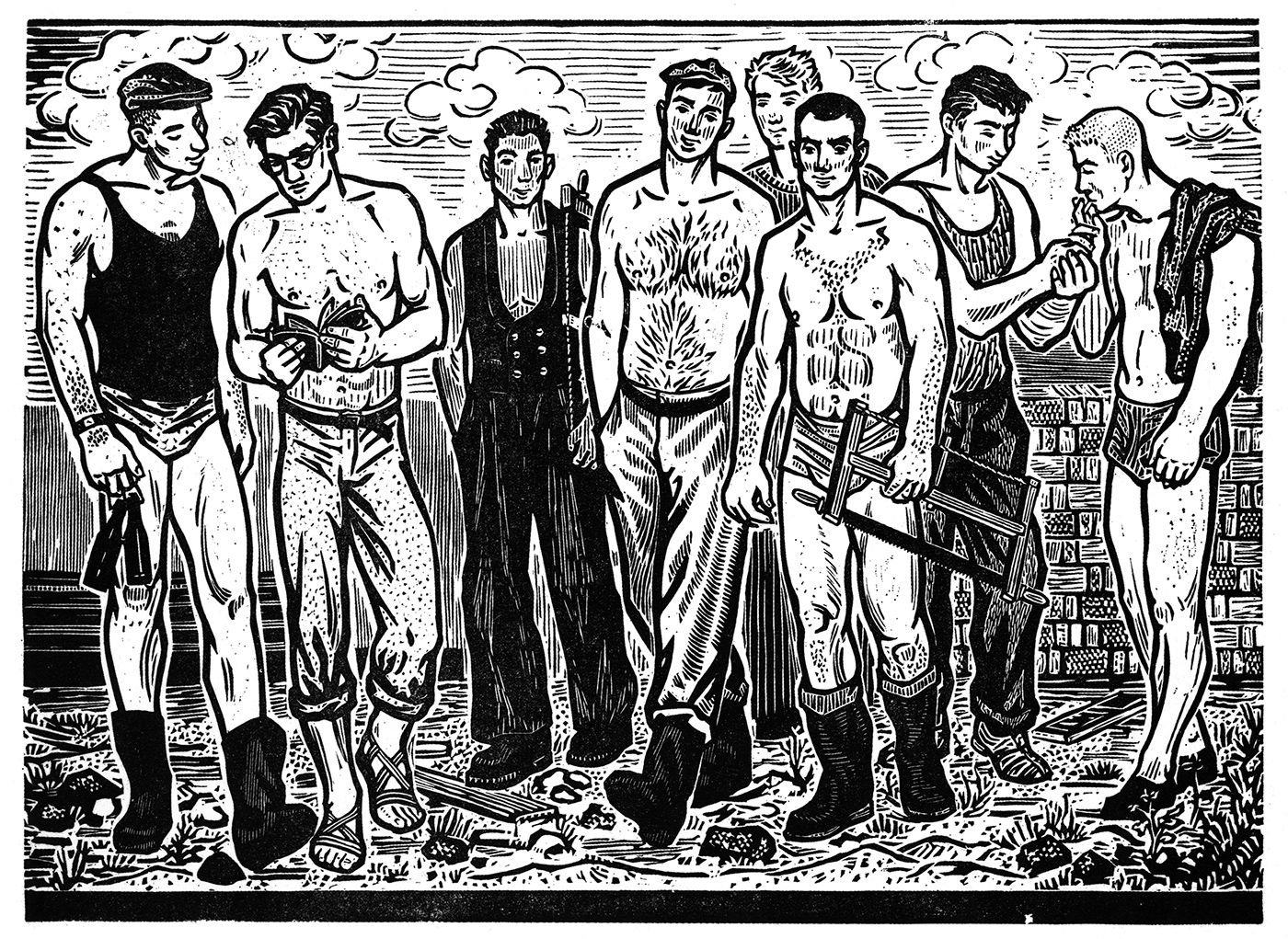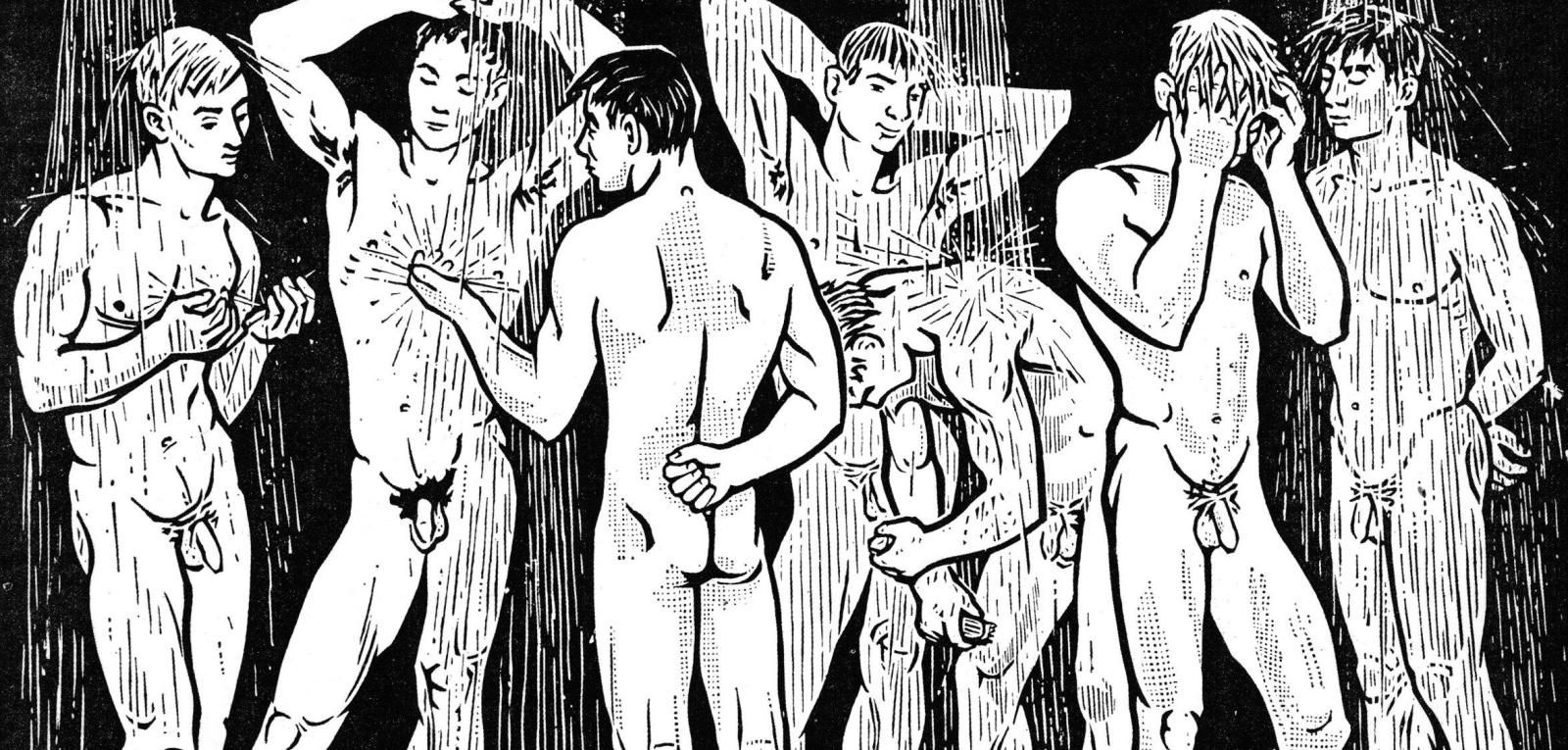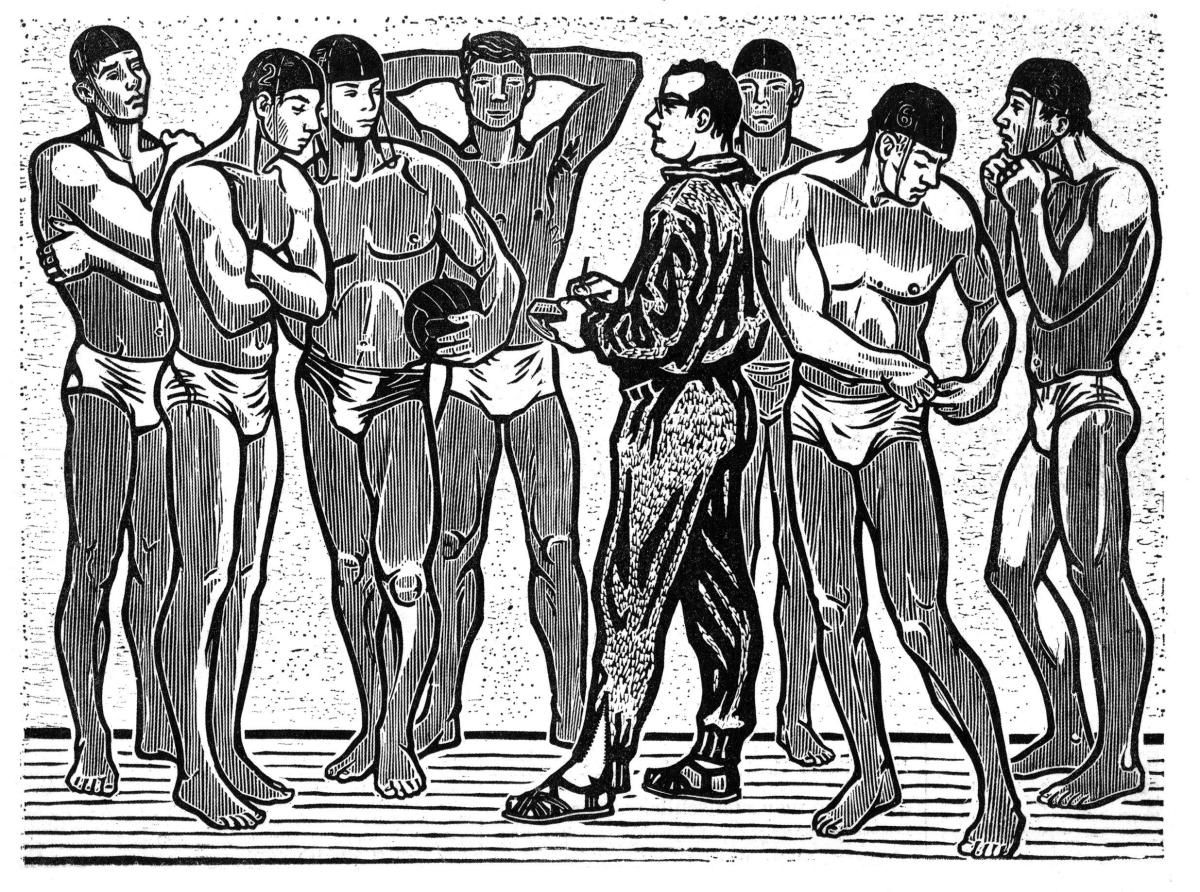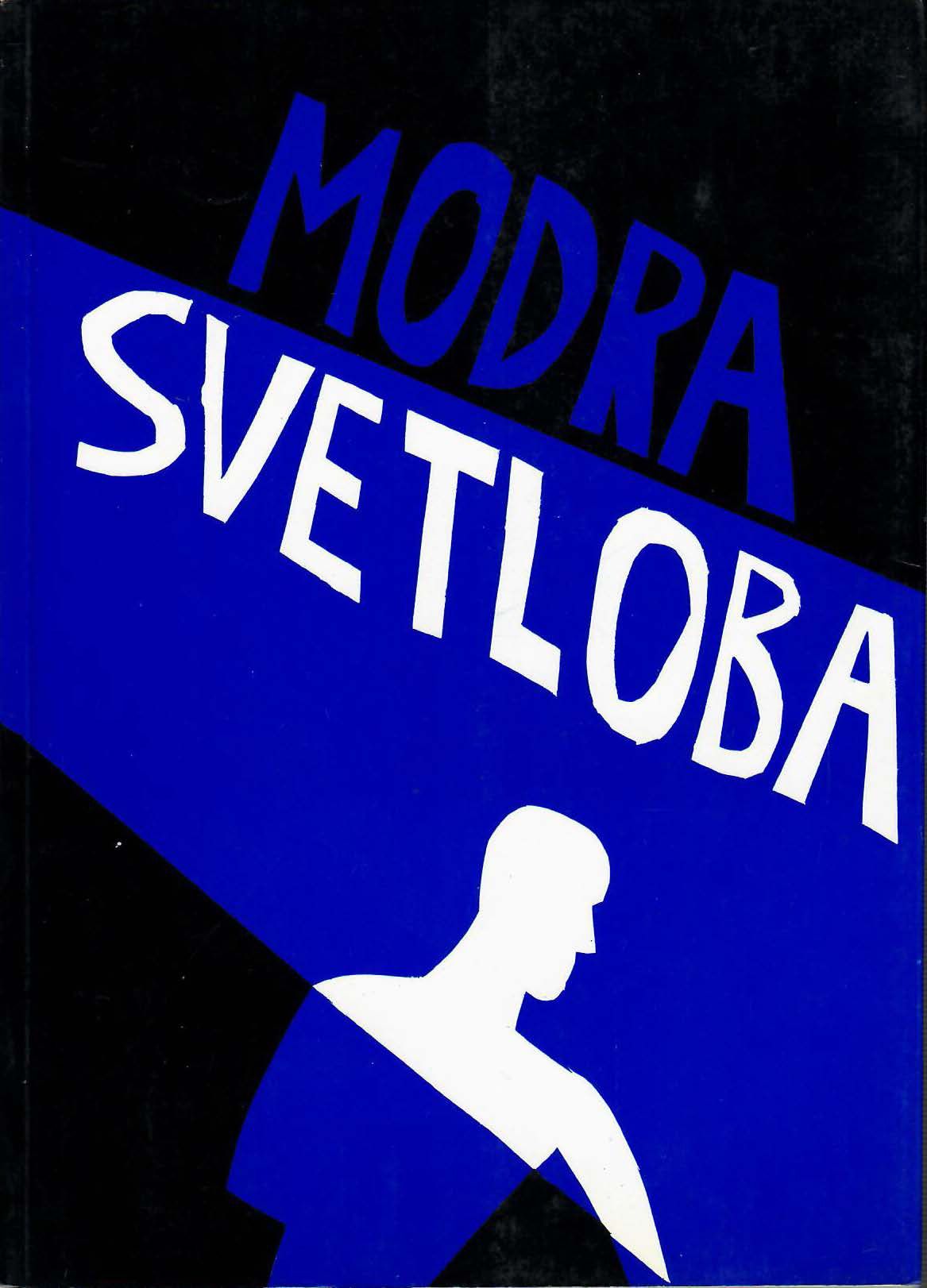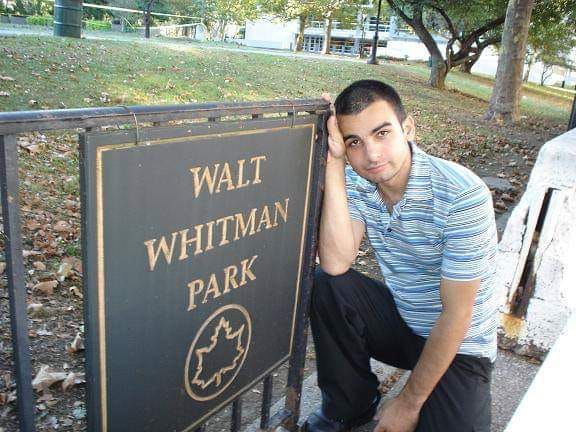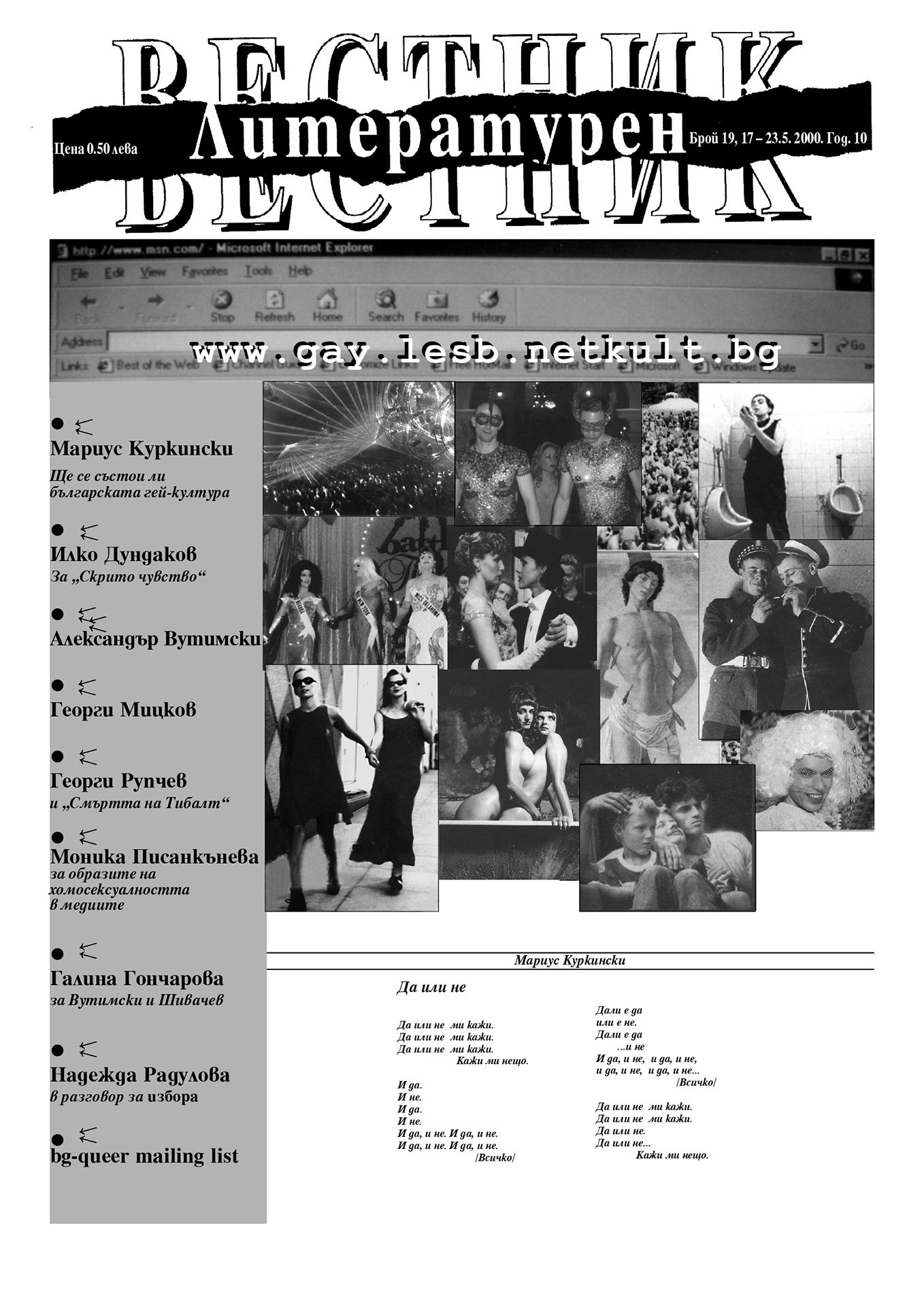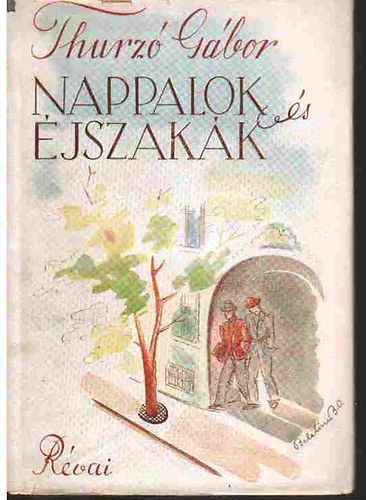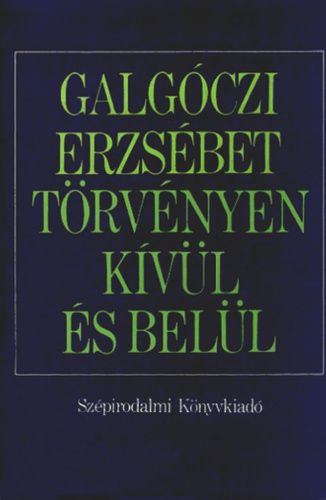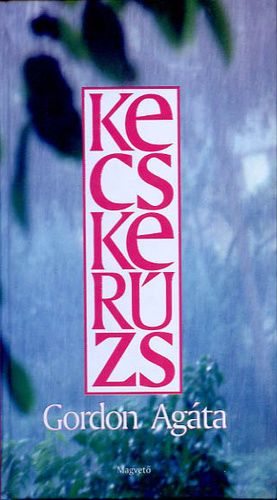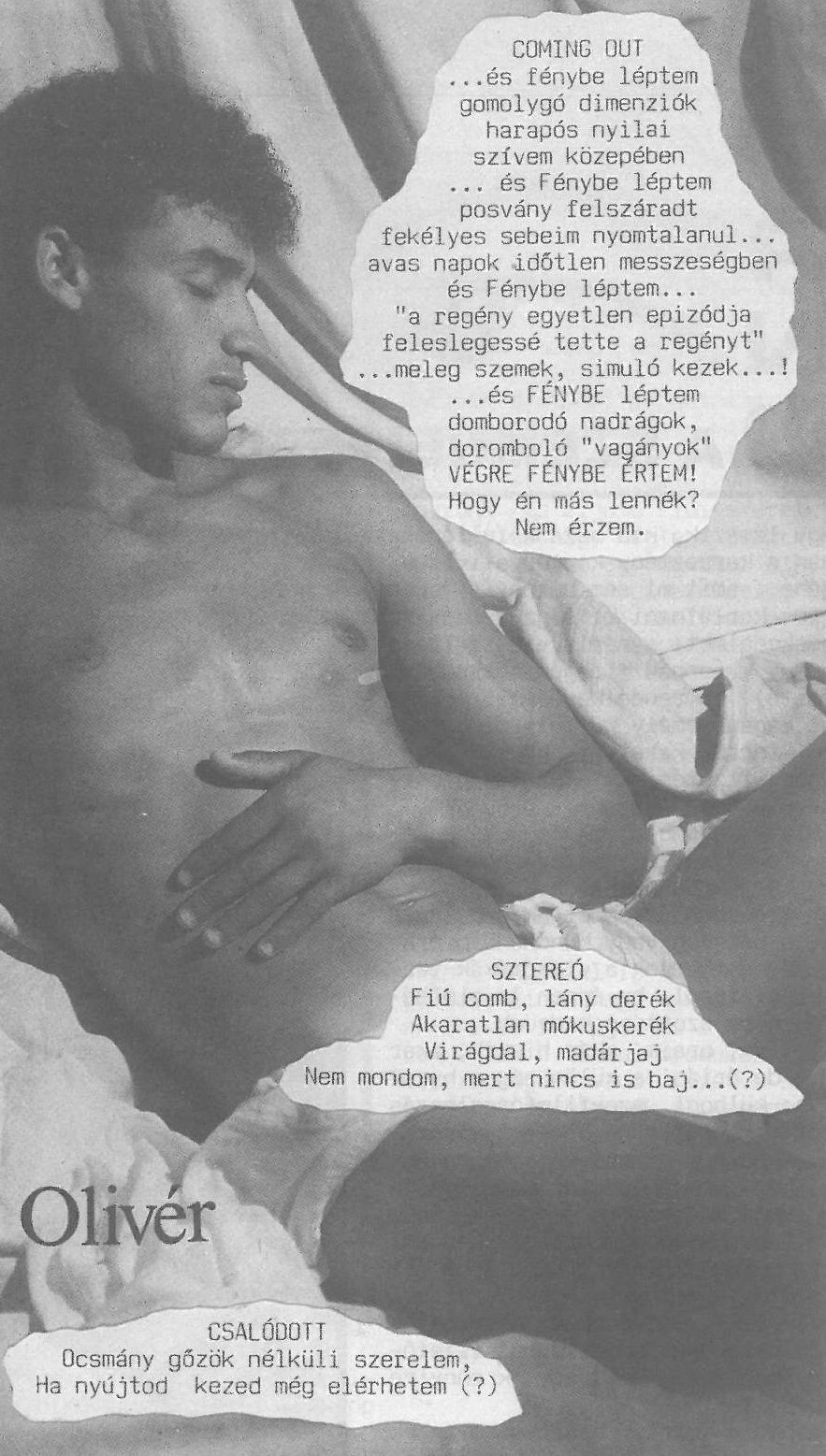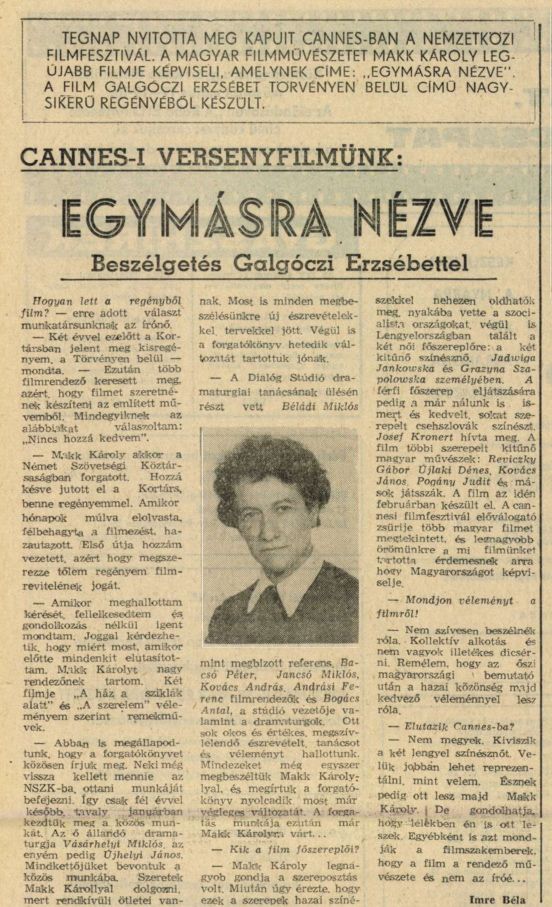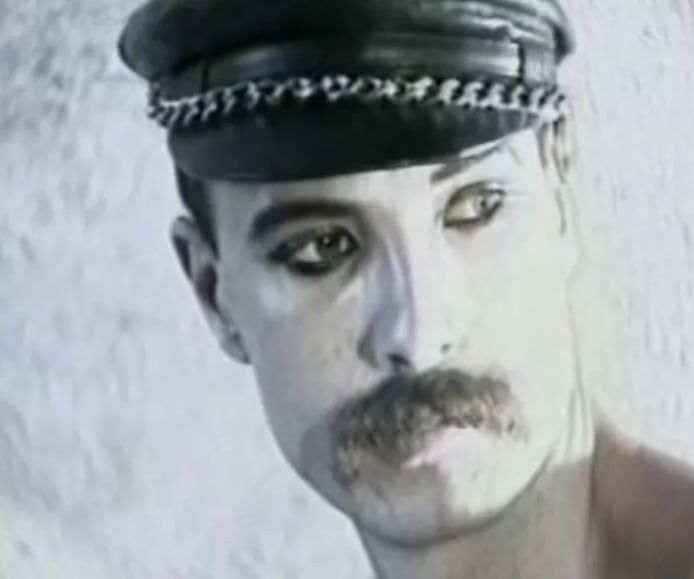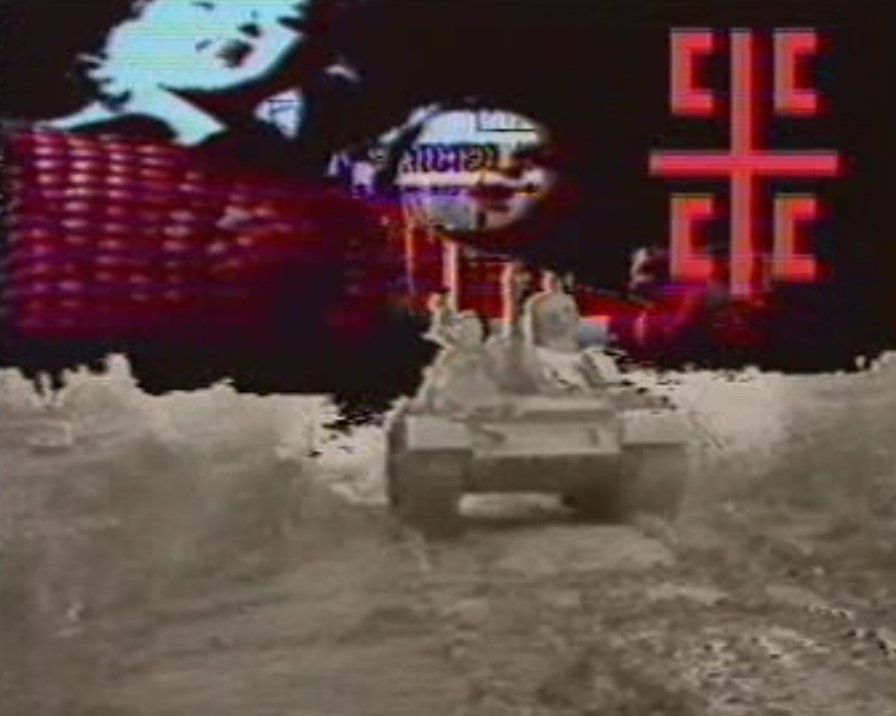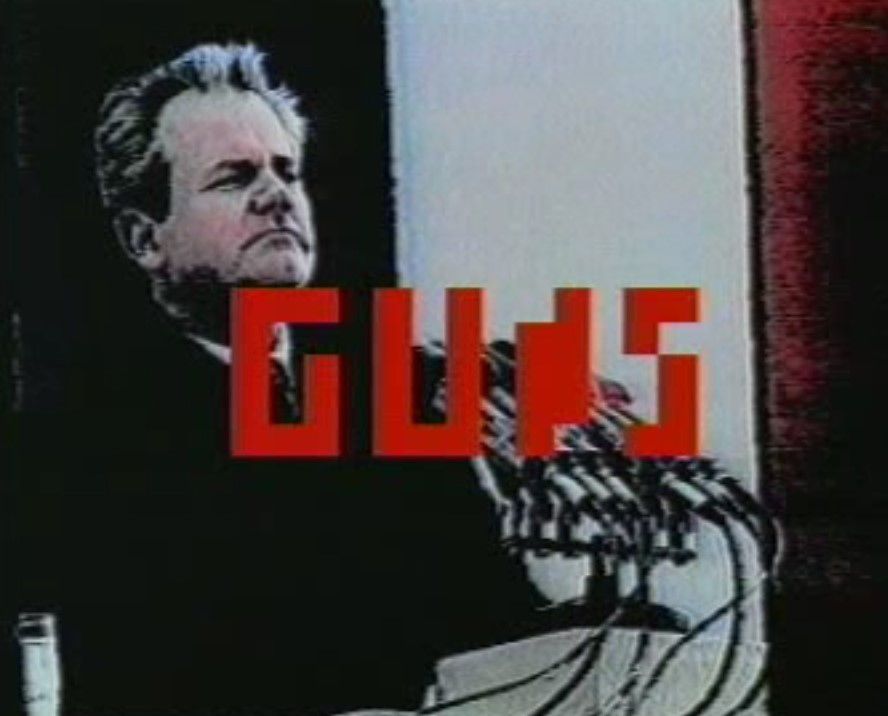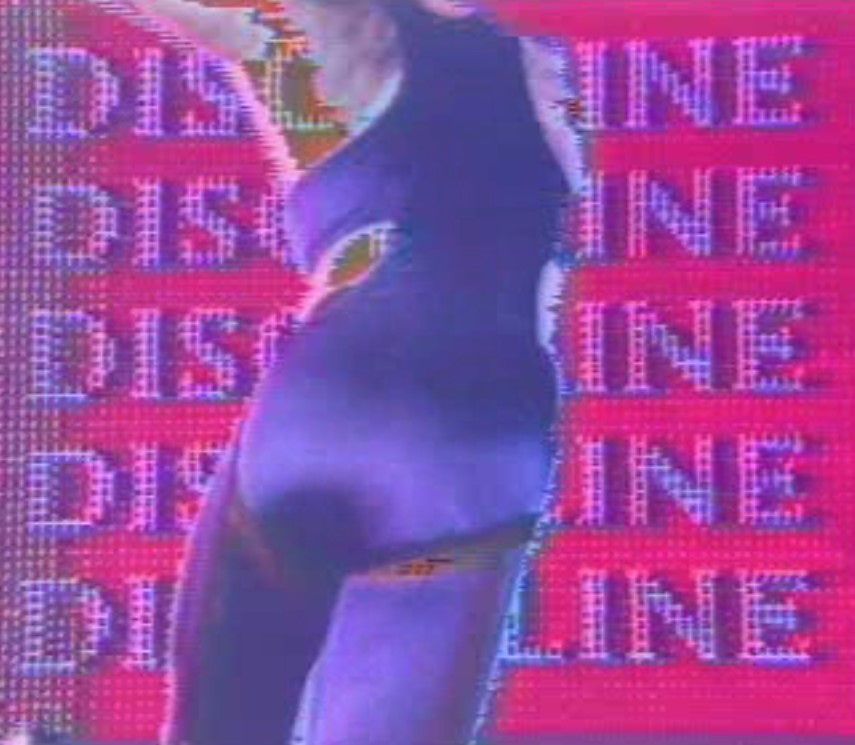The Desire Beneath…
The legal and political treatment of homosexuality, as well as homosexuality’s social taboo character, left deep marks on the spheres of social scientific and cultural production in Central and Southeastern Europe after the Second World War. Particularly affected were the arts where only occasional exceptions from the general censorship on works presenting homoerotic content managed to circulate in the public officially.
In some countries where the criminalization of homosexual acts was still enforced, the production of artworks with homoerotic motives was punished with imprisonment. Such was the destiny of the Russian poet Gennady Trifonov in the USSR, who was sentenced to four years in prison in 1976.
In other countries such as Czechoslovakia, works explicitly dealing with homosexual topics were put on the index of prohibited books as it was the case with the interwar novels of Ludmila Pecháčková-Skokanová (Lída Merlínová), a former contributor to the “Voice of Sexual Minorities” journal (Hlas sexuální menšiny). After the decriminalization of homosexual acts in the country there was no significant change regarding the spreading of homoerotic literature in the public: works engaging with homosexuality even in a highly-stylized and academic disguise, could only be published as samizdat, as were the works of the poet Jiří Kuběna. In the Hungarian literature from this period, we also encounter only tangential homosexual threads. However, the topic appeared more prominently in the Hungarian cinematography, where the movie “Another Way” marked a history with the explicit portrayal of two women kissing in a public park.
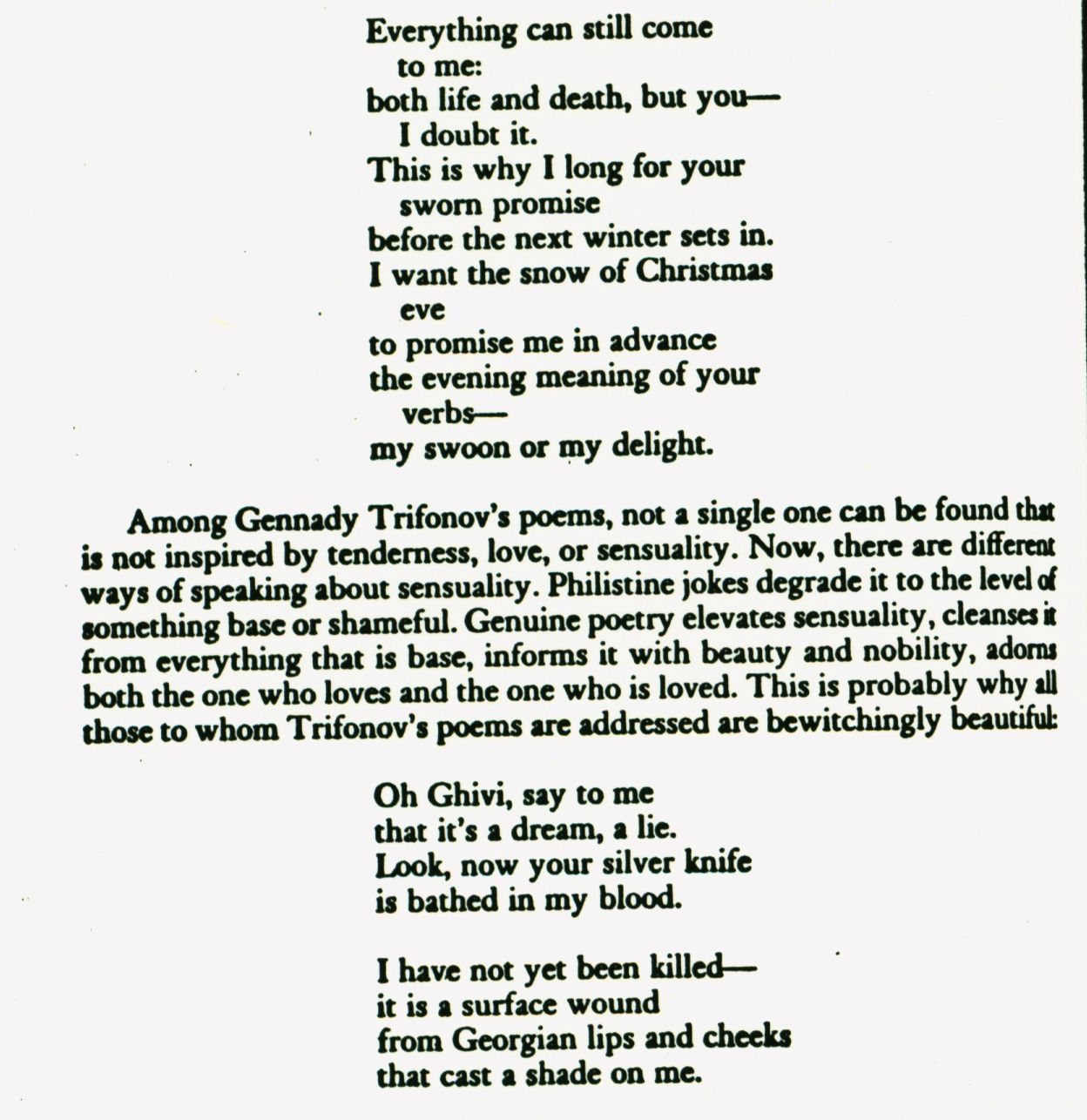
Excerpt from David Dar’s review of Gennady Trifonov’s poetry, 1983
article appearing in “The view from Christopher Street” by Michael Denneny et al., exhibition print, 1983
Blinken OSA
Other rare exceptions from the censorship on artworks with homoerotic content can be found in the GDR and SFR Yugoslavia, mainly because the reception and understanding of these works was based on aspects which did not make substantive reference to their homoerotic character. Through his cycles “For the Youth” (Für die Jugend) (1962) and “Youth and Sport” (Jugend und Sport) (1964), the graphic artist Jürgen Wittdorf produced images centered on the physicality and youthfulness of the male body, with strong homoerotic overtones, which however remained unmentioned in the critiques of the 1960s. What was criticized was the “excessive westernization” of the emerging youth culture in the country: a criticism which was balanced by a highly positive reception for his depictions of the youngsters as strong, healthy, confident builders of the future of the GDR. The homoerotic component in his works was only re-contextualized and celebrated 40 years after the original production of his images, some of which were destroyed during 1991.
Similarly, France Novšak’s novel about the love relation between two adolescents in a Catholic school in Zagreb, reprinted in 1970 (originally produced in 1938) and adapted as a movie in 1976, was considered as portraying the repressiveness of Catholic education ultimately leading to “unnatural behavior”. Only with the appearance of the LGBT+ movement in the mid-1980s was the novel recognized as a tradition-launching text in the former Yugoslav and Slovenian LGBT+ literature.
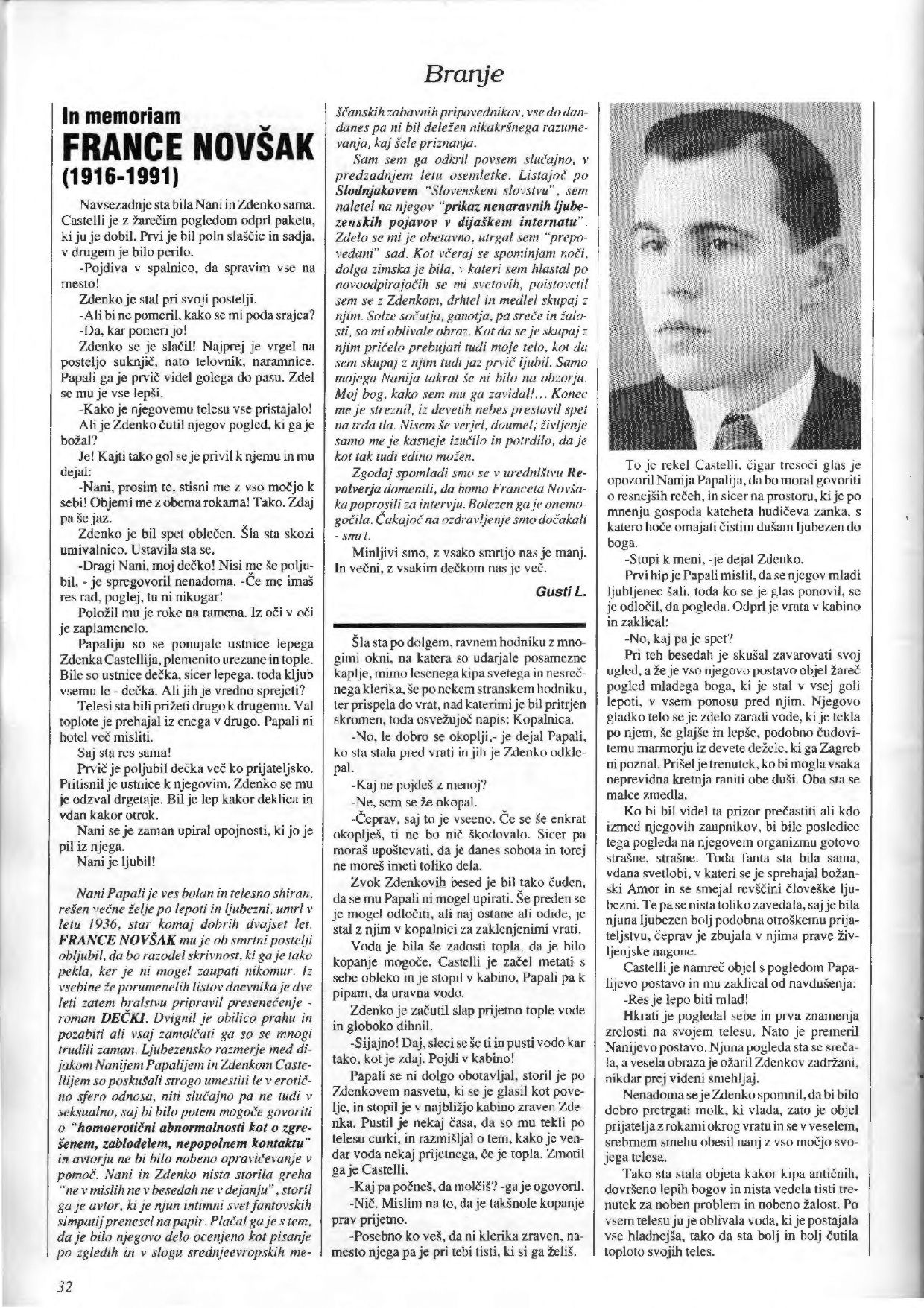
Excerpt from the novel “Boys” by France Novšak, 1992
Press clipping from “Revolver 04”, exhibition print
Arhiv ŠKUC (Magnus, LL) and Roza Klub, Ljubljana
From the mid- and late 1980s, an array of writers developing narratives with homoerotic motives or homoerotic poetry, or engaging openly with aspects of homosexuality emerged and officially published their works. Václav Jamek, Radoslav Nenadál and Svatava Antošová in the Czech Republic, Brane Mozetič, Nataša Velikonja, Suzana Tratnik in Slovenia, Erzsébet Galgóczi and Péter Nádas in Hungary, Nikolay Atanasov in Bulgaria, Witold Jabłoński in Poland among others, have central places in this category. In addition, due to an increased “retrospective” interest, a process of (re)discovery of authors whose homoerotic works were unpublished, published in exile or as samizdat or who were marginalized under the previous regime, also began. Diaries of artists and writers, witnessing their homoerotic experiences, complemented this process. The epilogue was a reinterpretation and revision of the past literary traditions, manifested in the publication of important collections of poetry and prose which brought to the front the “silenced life” of homosexual motives in the literature of the past regime.

Cover of Radoslav Nenadál’s novel “We’ll Set You Behind the Wall, Aida!” (My Tě zazdíme, Aido), 1991
book cover, exhibition print
IHLIA, Amsterdam
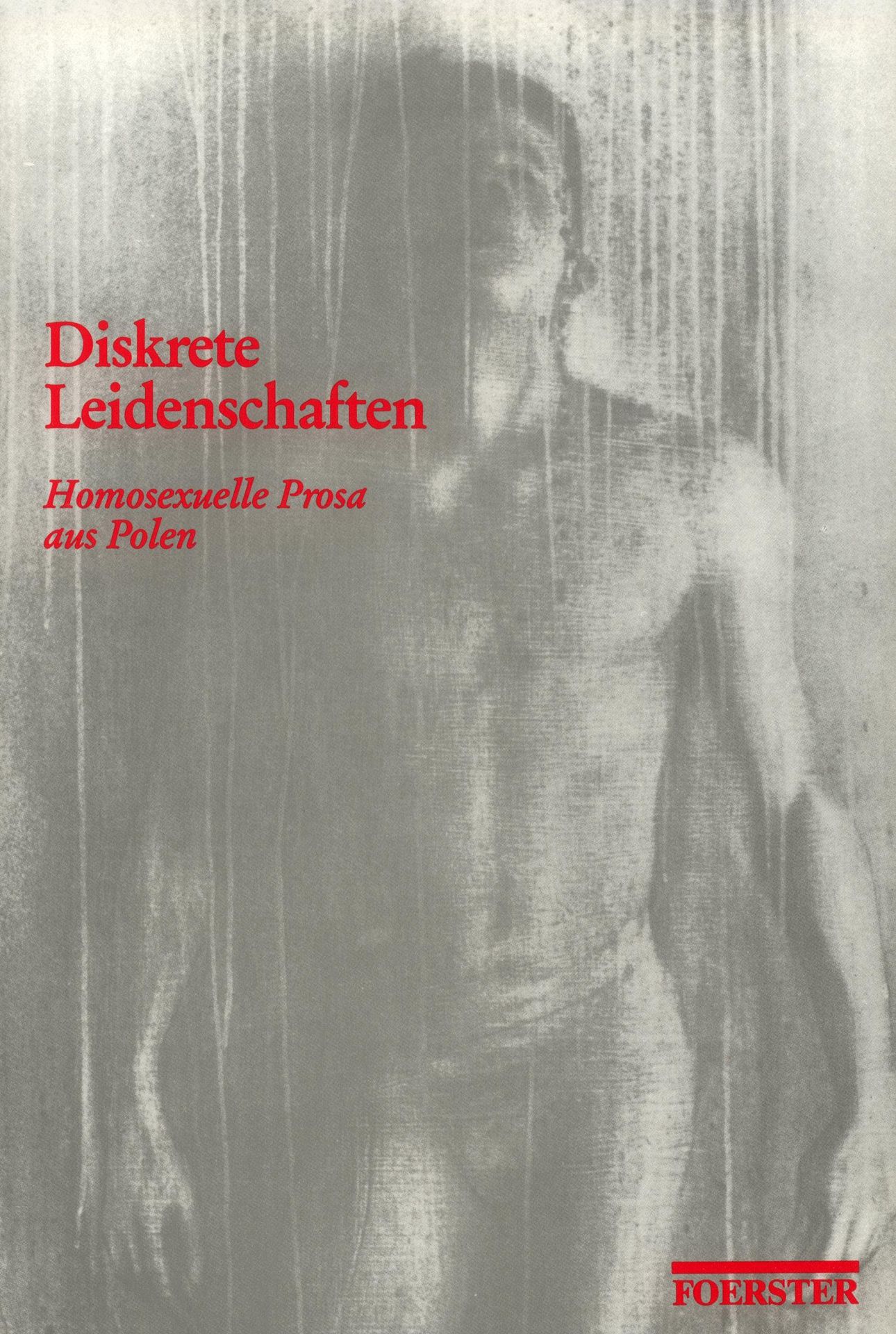
Cover of Wolfgang Jöhling collection “Discrete Passions: An Anthology of Polish Homoerotic Prose”, 1992
book cover, exhibition print
Blinken OSA
Mr. Oli, 1990
video clip from “Neighbors” (Szomszédok), Hungarian bi-weekly soap opera
Háttér Archive and Library
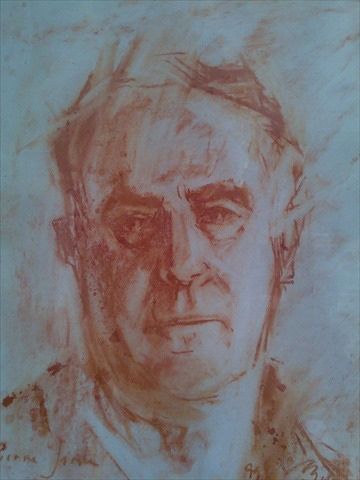
Portrait of the Romanian writer and director, Petre Sirin, by Vasile M. Murivale and excerpts from his diary, 1999 and n.d.
photo and diary excerpts, exhibition print
Romanian Museum of Queer History and Culture, Bucharest
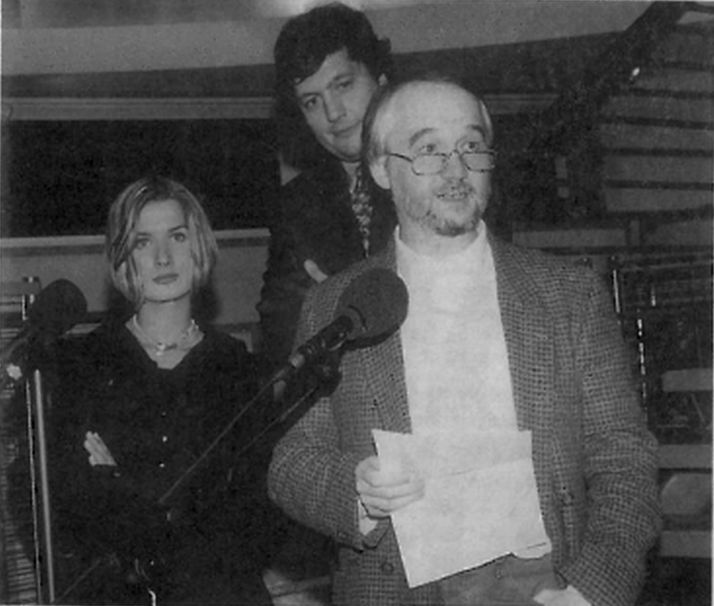
Ádám Nádasdy opening an exhibition of Luca Gőbölyös, 1996
Photo by Gábor Takács Bencze, “Mások”
Háttér Archive and Library

